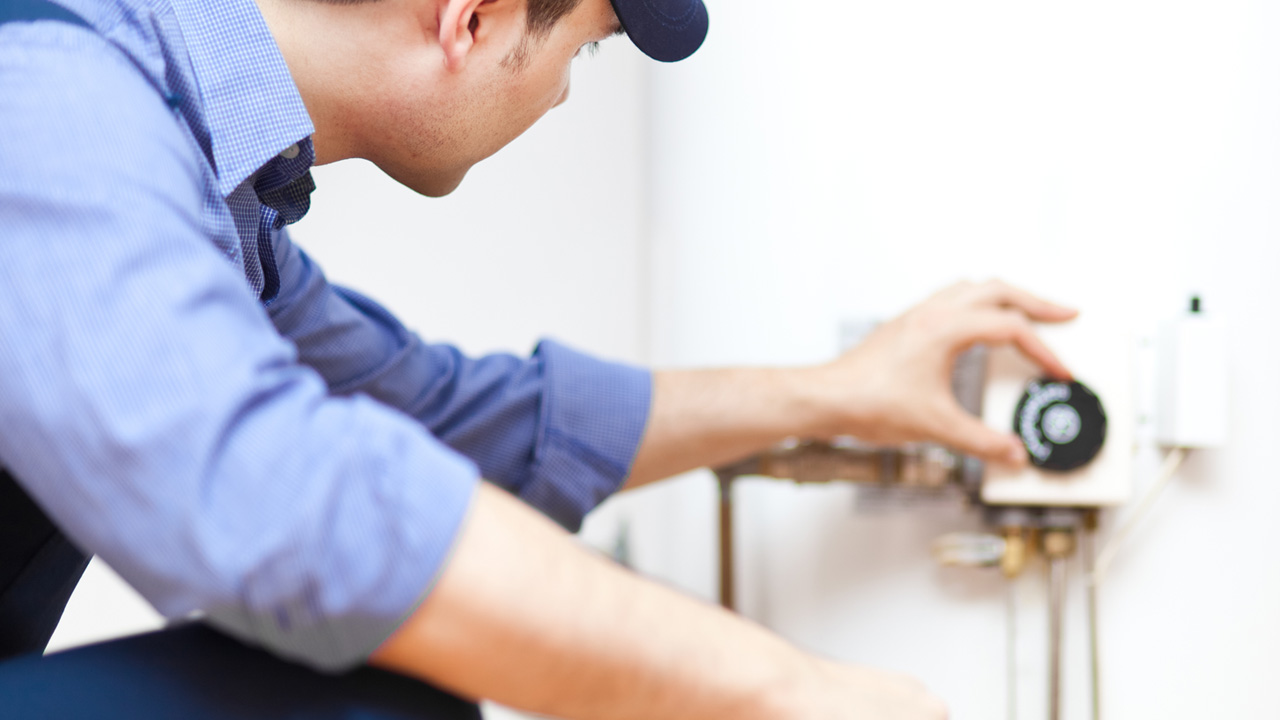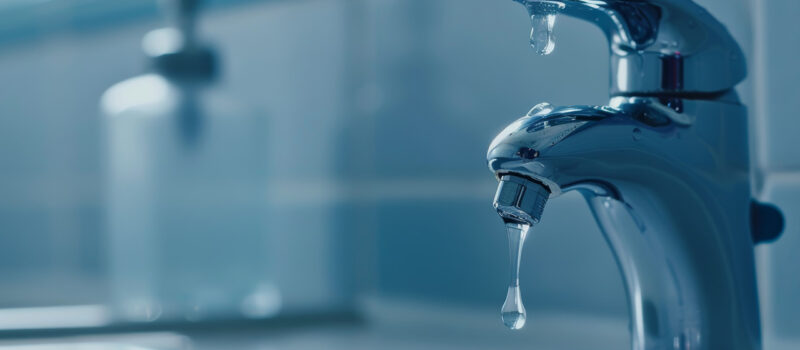
Plumbing problems might just be one of the most familiar headaches for homeowners and property managers alike. Ignoring those quirky sounds from the pipes or dismissing a sluggish drain can lead to more than just frustration—it can result in unexpected repair costs, or worse, structural damage. While some plumbing issues seem manageable on your own, the trick lies in knowing when to roll up your sleeves and when to make that crucial call to a professional plumber.
Taking the First Step: Recognizing Plumbing Issues
Understanding the basics of plumbing problems is the first step in ensuring your home remains comfortable and safe. One of the key reasons homeowners end up with costly repairs is failing to recognize plumbing issues early. What starts as a minor inconvenience can quickly escalate into a major problem if left unchecked. It’s often the subtle signs that pave the way for disaster, especially when they’re underestimated.
One of the first signals that something is amiss is a slow drain. Whether it’s in the kitchen sink or bathroom, a noticeable delay in water draining shouldn’t be ignored. Similarly, water stains on ceilings or walls are more than just a visual blemish; they’re a clear signal that a leak is lurking somewhere. Those unusual sounds, like gurgling or rattling pipes, paint a similar picture. They’re whispering that something’s not quite right.
The remedy lies in vigilance. Regularly check under sinks, around fixtures, and even at the base of your toilet. Look for moisture, signs of mold, or discolored piping. By spotting these small red flags early, you prevent significant issues down the road.
Signs That Scream for a Plumber
For homeowners and property managers, there’s a crucial distinction between regular wear-and-tear and a brewing plumbing problem that requires immediate attention. Let’s break down some common signs that might indicate it’s time to call in the professionals:
1. Slow Drains – Over time, soap residue, food particles, and hair can build up in your drains, leading to sluggish water flow. A slowing drain isn’t just a minor inconvenience; it can be a precursor to a blockage deeper in the pipes.
2. Water Stains and Moisture – Spotting damp patches or discolorations on your walls and ceilings, especially below bathrooms, is a red flag. It indicates leaks that might be causing unseen deterioration of your home’s structure.
3. Unusual Sounds – The unique symphony of banging pipes or water hammer suggests that there’s an ongoing issue with water pressure or a possible pipe blockage that needs prompt assessment.
With these signs in play, it’s important for homeowners to remain proactive. While some hints might appear benign, they can quickly snowball into far bigger problems if left unaddressed.
To DIY or Not to DIY
For the passionate DIY enthusiast, tackling household repairs can be gratifying. However, plumbing is an area where a wrong step can escalate costs and hazards rapidly. Understanding when a problem is DIY-friendly versus professionally necessary is vital for safety and system integrity.
Some tasks are well within the grasp of skilled homeowners. Replacing basic faucet parts, clearing a minor clog with a plunger, or installing a showerhead don’t typically require professional intervention. Equipped with the right tools and a straightforward guide, these projects are manageable.
However, for issues involving pipes, major leaks, sewer lines, or shifting water heaters, the line is drawn clearly. Attempting these tasks without the requisite expertise can lead to significant water damage, exacerbated clogs, or even severe personal injury. Always prioritize safety and the integrity of your home’s systems over the exhilaration of DIY misadventure.
The Cost of Ignoring Plumbing Woes
Ignoring plumbing problems isn’t just a gamble—it can lead to potentially catastrophic consequences for any property. Seemingly minor plumbing issues, if left unattended, often snowball into far larger and more expensive repairs that can leave homeowners regretting their inaction.
First, there’s structural damage. Leaking pipes, left unchecked, will deteriorate drywall, ruin ceilings, and damage flooring and trims, leading to extensive repairs. Those stains on your ceiling are more than an eyesore—they’re a harbinger of the damage water can wield.
Then there’s the cost-intensive repercussion of mold growth. Persisting moisture from leaks provides the perfect breeding ground for mold, which can spread rapidly, leading to health concerns and costly remediation efforts.
Ultimately, ignoring these problems will undoubtedly affect your property’s value. Potential buyers are always on the lookout for such issues, and any noted damage will lower your home’s perceived worth and marketability. For homeowners, the message is clear—inaction costs.
Choose wisely: Finding a Reliable Plumber
Finding a trustworthy plumber feels like a daunting task, but armed with the right strategies, you can secure a professional who’ll address your plumbing needs with expertise and efficiency. Trust is the foundation of any successful service relationship, and for plumbing, reliability and competence are key.
Start by researching online with platforms where customers leave reviews and share unfiltered experiences. Pay attention to those with consistently high customer satisfaction and verified licenses and credentials. A licensed plumber means their skills meet professional standards, ensuring expertise in their work.
Don’t hesitate to ask for references. A reliable plumber will willingly provide these, showcasing happy clients and successful projects as a testament to their capability. Consider asking friends, family, or neighbors for recommendations. Personal referrals often yield honest insights into the plumber’s reliability and effectiveness.
Ensuring your plumber is both competent and professional offers peace of mind during any plumbing emergency. With the availability of countless experts, there’s no excuse to settle for anything less.
Bringing It All Together
Knowing when to call a plumber is a homeowner’s ace in the hole. By understanding the signs of deeper issues, such as slow drains or water stains, you position yourself as an actively engaged steward of your home. You’ll know when to pick up the phone and opt for professional expertise, sidestepping the costly pitfalls that come with unchecked issues.
Being part of the solution doesn’t stop at recognizing signs and making informed decisions. It extends to choosing a trustworthy professional who’s committed to restoring peace of mind. Stay proactive, keep your sinking sensation at bay with regular checks, and address concerns early on to prevent bigger headaches later down the line.
For those moments when you’re unsure, consider making the call. A qualified plumber is well-equipped to offer solutions, restoring your home’s balance and keeping you at ease. Don’t wait—take action to keep your home in prime condition.






